DNVN - According to a survey by S&P Global, Vietnam's manufacturing output growth rate in July reached its highest level since March 2011, with all sectors of consumer goods, intermediate goods and basic investment goods improving significantly.
The Vietnam Purchasing Managers' Index (PMI) report for July released by research organization S&P Global shows that the strong growth of Vietnam's manufacturing industry in June continued to be maintained in July.
specifically, the PMI index reached 54.7 in July, showing that business conditions in Vietnam's manufacturing sector continued to improve significantly. In fact, the last time growth was recorded faster was in November 2018.
Significant improvements were recorded across all sectors of consumer goods, intermediate goods and capital investment goods.
New orders rose for the fourth month running in July, and the rate of increase was only slightly slower than the near-record pace in June. Where new orders rose, panellists attributed this to stronger market demand and rising customer numbers.
New export orders also rose, although at a weaker pace than overall new orders. Some firms said export demand had been affected by high shipping costs.
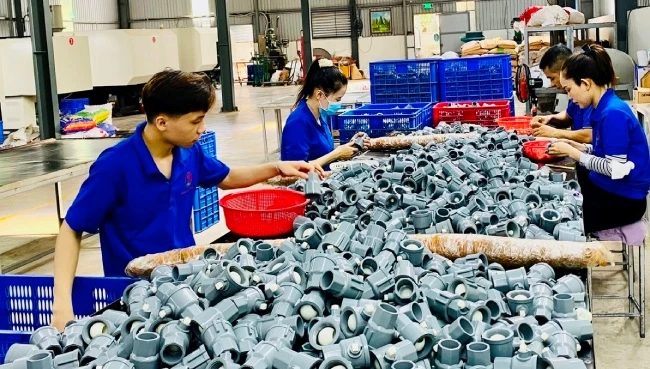
The PMI index reached 54.7 in July, showing that business conditions in Vietnam's manufacturing industry continued to improve significantly.
Amid a strong rise in new orders, manufacturers increased output sharply in July. Moreover, the rate of output growth was faster than in June and was the second fastest on record, after the first month of data collection, March 2011.
Despite the strong output, companies still needed to use existing inventories to meet new orders, according to S&P Global. In fact, finished goods inventories fell to the second-lowest level on record, behind only February 2014.
Firms attempted to increase capacity by increasing both purchasing and employment at the start of the third quarter. Input purchases increased significantly and at the fastest pace since May 2022. On the other hand, staffing rose only marginally and at a slower pace than in June. Meanwhile, backlogs of work increased for the second month in a row.
Manufacturers found it easier to buy raw materials as supplier delivery times shortened for a second straight month, although the improvement in vendor performance was only marginal with some reports of ongoing shipping delays.
Purchase inventories fell for the 11th straight month and at the fastest pace since April.
Input continued to rise sharply in July, with the rate of price increase costs only slightly weaker than the two-year high recorded in June. Suppliers were said to have raised their selling prices, while higher transport costs were also a factor.
Rising raw material and transport costs forced manufacturers to raise their selling prices for the third consecutive month in July. The rate of increase was strong, although slower than in the previous survey.
"Vietnam's manufacturing sector grew strongly in June and July. This has added to optimism that Vietnam is starting a period of good growth that will help push the economy forward," said Andrew Harker, chief economist at S&P Global Market Intelligence.
The main problem for companies now is keeping up with demand. While production has been ramped up, companies have been forced to use inventory to meet new orders, leading to one of the sharpest declines on record. Manufacturers will need to increase their workforces more quickly and continue to secure additional raw materials if the current trend in new orders is to be maintained in the coming months."
Minh Thu
Source: https://doanhnghiepvn.vn/lanh-te/sp-global-nganh-san-xuat-viet-nam-thang-7-tang-cao-nhat-13-nam/20240802074237406
















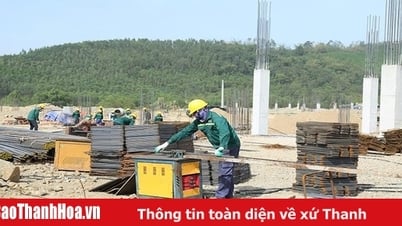



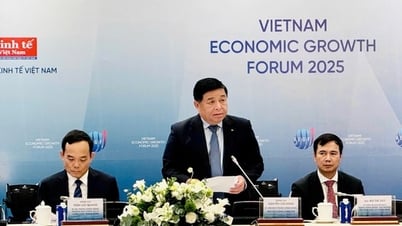







































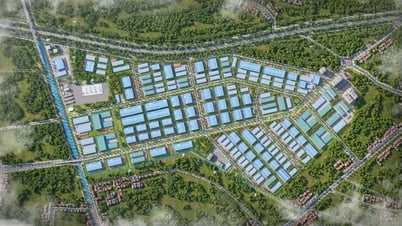




















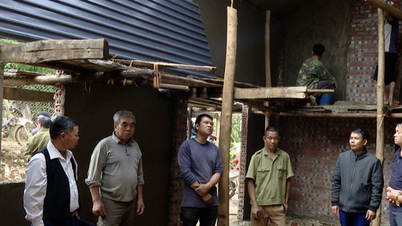



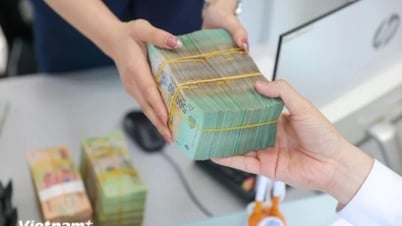



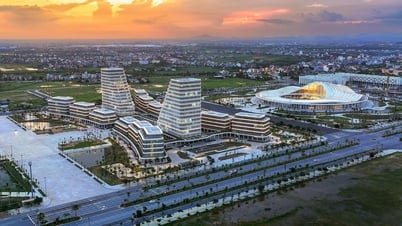



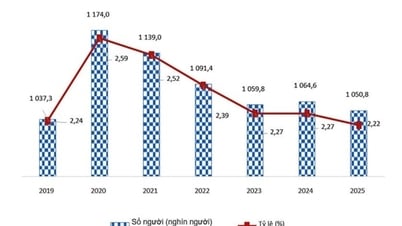








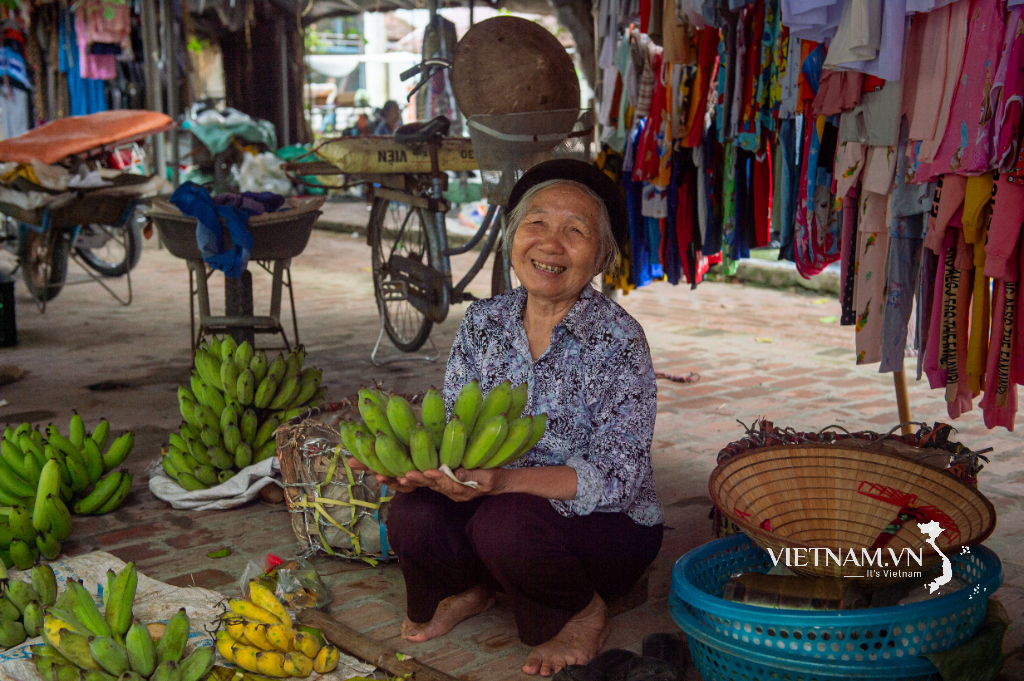

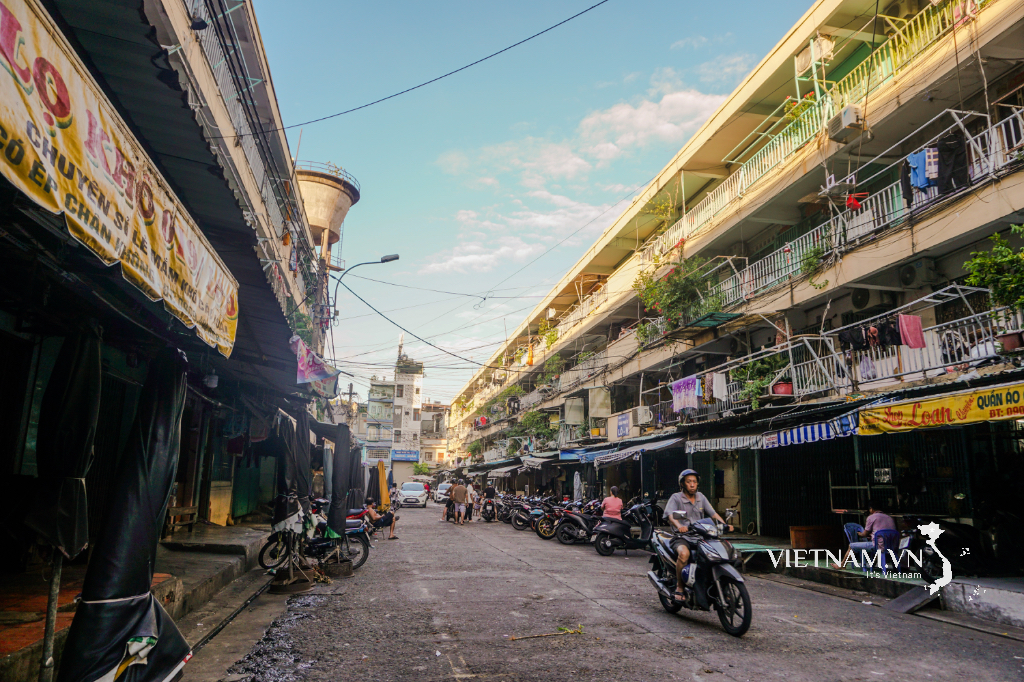

Comment (0)